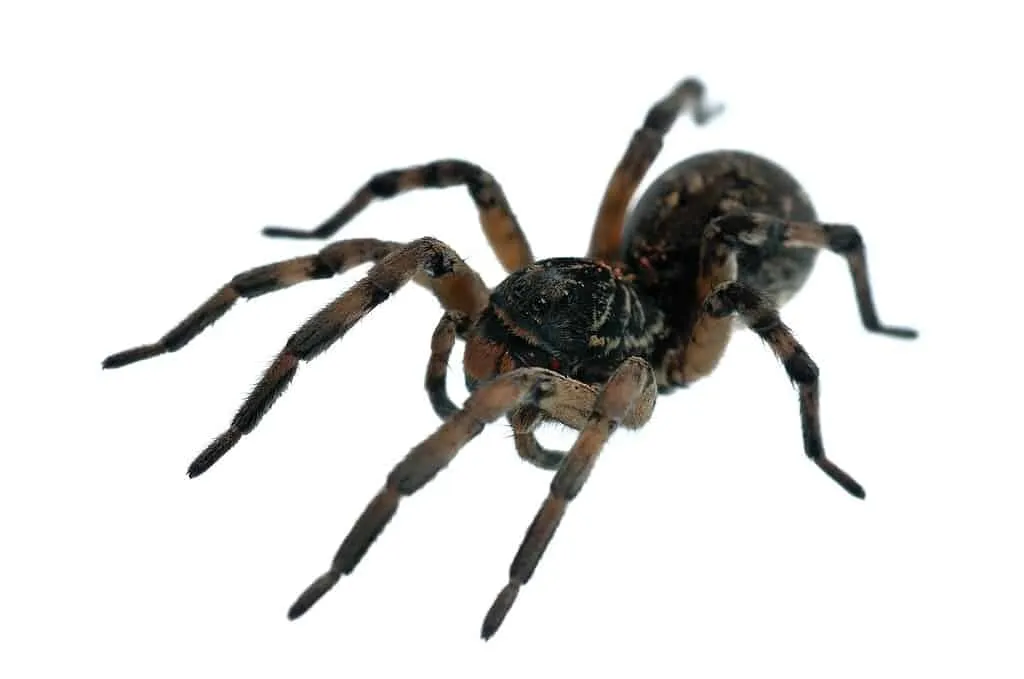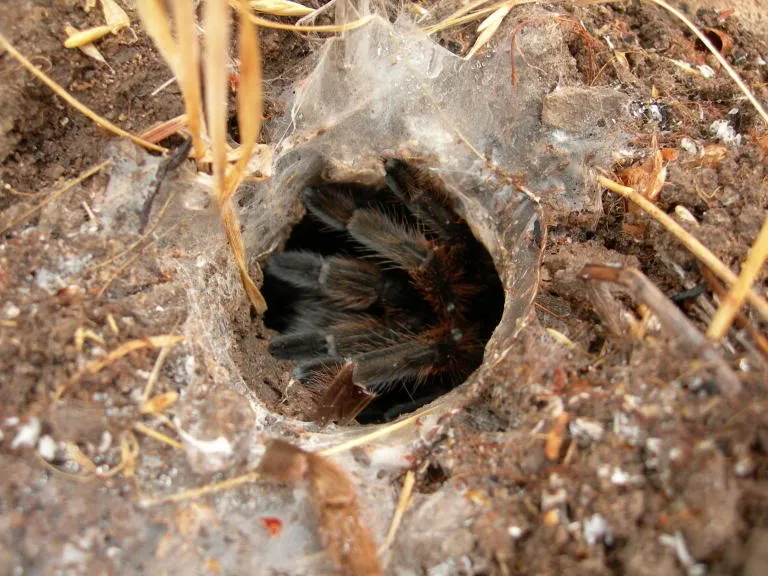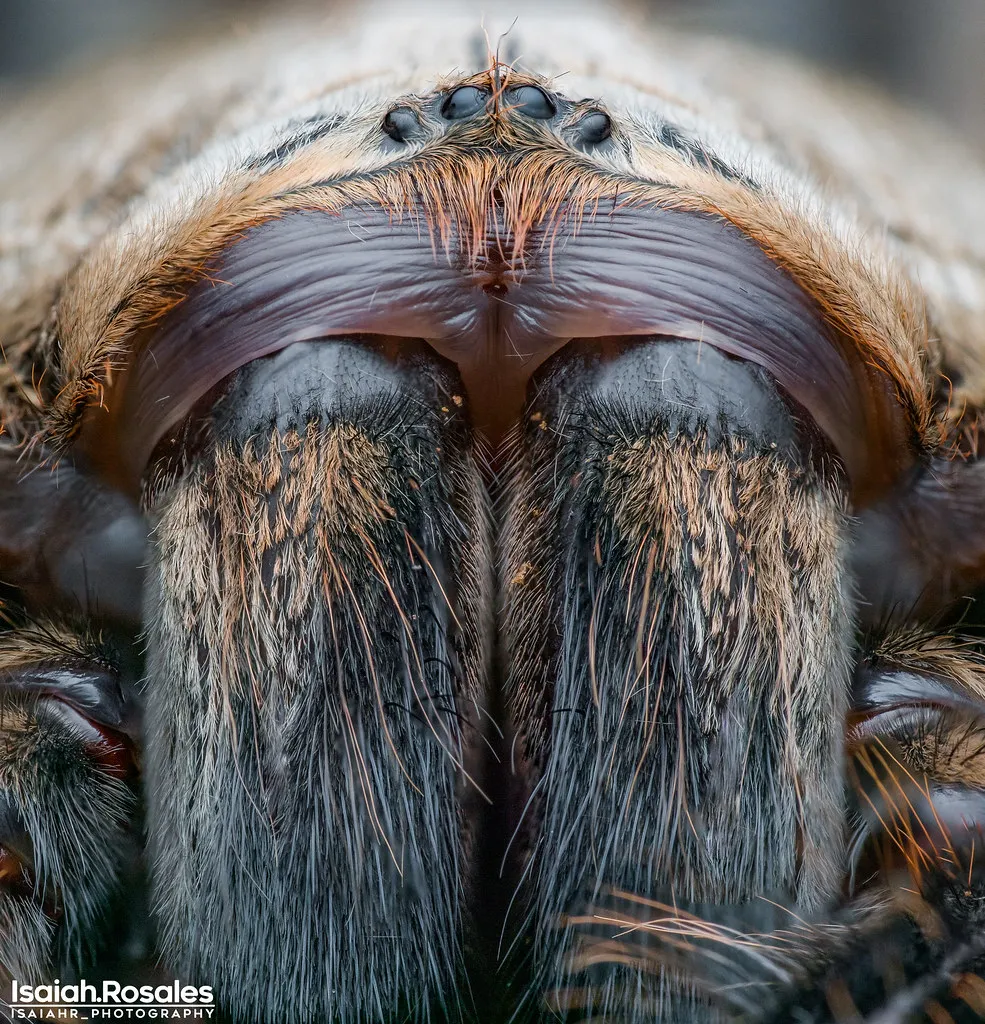How Tarantulas Survive Underwater
The ability of a tarantula to survive underwater is a fascinating aspect of their biology, challenging our understanding of these terrestrial creatures. While tarantulas are not naturally aquatic animals, they have developed several adaptations that allow them to endure submerged conditions for a limited time. These adaptations are not as extensive as those seen in fully aquatic species, but they are remarkable for a spider. The mechanisms that enable a tarantula’s underwater survival are complex, involving both physical and behavioral strategies. Understanding how they manage to survive underwater reveals the resilience of these creatures and provides insights into the unique adaptations that have allowed them to thrive in diverse environments, even if temporarily.
Air Bubbles and Respiration
One of the primary methods tarantulas use to survive underwater involves trapping air bubbles. When submerged, a tarantula can create a bubble of air around its body, particularly around the abdomen and the hairs that cover it. This air bubble acts as a temporary air supply, allowing the tarantula to continue breathing for a short period. The air bubble functions as a physical gill, extracting oxygen from the water to replenish the air within the bubble. The duration for which a tarantula can survive underwater depends on the size of this air bubble, the water temperature, and the tarantula’s metabolic rate, which is influenced by its activity level. This ability to create and utilize an air bubble highlights the tarantula’s adaptability, allowing it to exploit underwater environments for protection or hunting.
The Role of Hydrophobic Hairs

The dense covering of hydrophobic hairs (hairs that repel water) on a tarantula’s body plays a critical role in its underwater survival. These hairs trap air, forming the bubble that surrounds the spider. They also create a barrier that prevents water from directly contacting the tarantula’s spiracles, the openings through which it breathes. The hydrophobic nature of these hairs is crucial because it helps maintain the integrity of the air bubble, ensuring that the spider can continue to respire. The effectiveness of these hairs is a key factor in how long a tarantula can remain underwater, effectively acting as a protective shield against the water’s pressure and potential harm. These hairs also help the tarantula maintain buoyancy, which aids its movement and stability in aquatic environments. (tarantula-hydrophobic-hairs)
Oxygen Exchange Mechanisms
Once submerged, the tarantula’s physiology facilitates a basic form of oxygen exchange within the air bubble. Oxygen from the surrounding water diffuses into the air bubble, replenishing the supply as the tarantula consumes it. Carbon dioxide, a waste product of respiration, diffuses out of the air bubble into the water. This process of gas exchange is crucial for the tarantula’s survival underwater, allowing it to maintain a consistent supply of oxygen. The efficiency of this exchange is influenced by factors such as water temperature and the surface area of the air bubble in contact with the water. The lower the water temperature, the more oxygen the water can hold and diffuse into the bubble. This exchange process shows a remarkable adaptation that enables the tarantula to survive in aquatic environments. (tarantula-diving)
Tarantula’s Underwater Hunting Strategy
While not all tarantulas hunt underwater regularly, some species have been observed to do so, employing unique strategies to capture prey in submerged environments. Their hunting techniques often involve a combination of ambush tactics and the ability to sense vibrations in the water. The underwater hunting behavior of tarantulas provides a fascinating glimpse into their adaptability and resourcefulness. These spiders demonstrate a remarkable ability to exploit the resources available in their environment. Understanding these strategies helps us appreciate the complex ways these creatures have adapted to their diverse habitats. (tarantula-hunting)
Ambush Tactics and Prey

Some tarantulas use ambush tactics underwater, similar to their terrestrial hunting methods. They position themselves in strategic locations, such as near the water’s edge or in submerged vegetation, and wait for unsuspecting prey. Their prey can include small fish, aquatic insects, or even small amphibians that venture too close. When the opportunity arises, the tarantula will quickly strike, injecting venom to immobilize its prey. The tarantula’s ability to ambush its prey underwater is a testament to its adaptable hunting skills. This involves a combination of patience, stealth, and quick reflexes. The venomous bite ensures the capture of prey, as the spider may not be able to chase or pursue its target effectively in water.
Sensing Vibrations Underwater
Tarantulas are equipped with sensory organs that allow them to detect vibrations in the water, which are crucial for locating prey. They use these vibrations to identify potential targets, even in murky water conditions. The tarantula’s ability to sense these subtle changes is vital to its hunting success. The sensory hairs on their legs and body can detect even the faintest ripples. This enables the tarantula to pinpoint the location of its prey with remarkable accuracy. This is particularly important in aquatic environments, where visibility may be limited, and scent trails are less effective.
The Tarantula’s Underwater Habitat
The habitat of a tarantula can significantly impact its ability to survive underwater. Some tarantula species are found near water sources, while others are more terrestrial. The presence of nearby water bodies, such as streams, ponds, or flooded areas, can create opportunities for tarantulas to submerge and exploit the resources available in these environments. Certain species have adapted to live in regions prone to flooding, and their survival strategies are more developed. The type of environment they inhabit influences their behavior and physical adaptations. Understanding the habitat preferences of tarantulas is crucial for assessing their vulnerability to environmental changes and for conservation efforts. (tarantula-habitat)
Adaptations to Aquatic Environments

Over time, some tarantulas have developed specialized adaptations to better survive in aquatic environments. These adaptations encompass physiological changes and behavioral modifications that improve their ability to handle the challenges of being submerged. The extent of these adaptations varies between species. These variations depend on the environmental pressures they face and the resources available in their specific habitats. The study of these adaptations highlights the remarkable plasticity of tarantulas and their capacity to thrive in diverse ecological niches. (aquatic-tarantula)
Physiological Adaptations
Physiological adaptations include the development of more efficient air-trapping mechanisms, such as a denser covering of hydrophobic hairs. These adaptations enhance their ability to form larger and more stable air bubbles, increasing the duration they can remain underwater. Some species may also have developed modifications to their respiratory systems, enabling them to extract more oxygen from the air bubble. These physiological changes demonstrate an evolutionary response to the pressures of aquatic environments, increasing the spiders’ chance of survival in submerged conditions. These specific modifications allow tarantulas to extend the time they can stay underwater, providing them with a significant advantage in hunting and avoiding predators.
Behavioral Adaptations
Behavioral adaptations are also crucial for tarantula survival underwater. These include a change in hunting strategies and an increased tolerance for being submerged. For instance, some tarantulas might choose to stay near the water’s edge or in submerged vegetation to hunt. They may also exhibit a reduced activity level while underwater, conserving energy and reducing their oxygen consumption. These behavioral changes work together to improve the spiders’ chances of survival in an aquatic setting. The ability to adapt their behavior to the available resources is crucial for their survival, demonstrating a remarkable level of flexibility and resilience in the face of environmental change.
